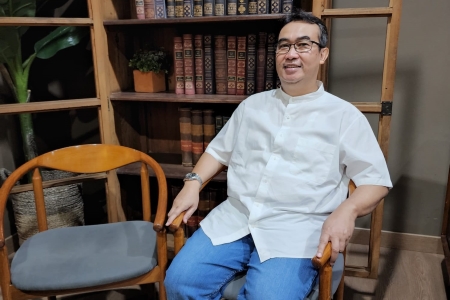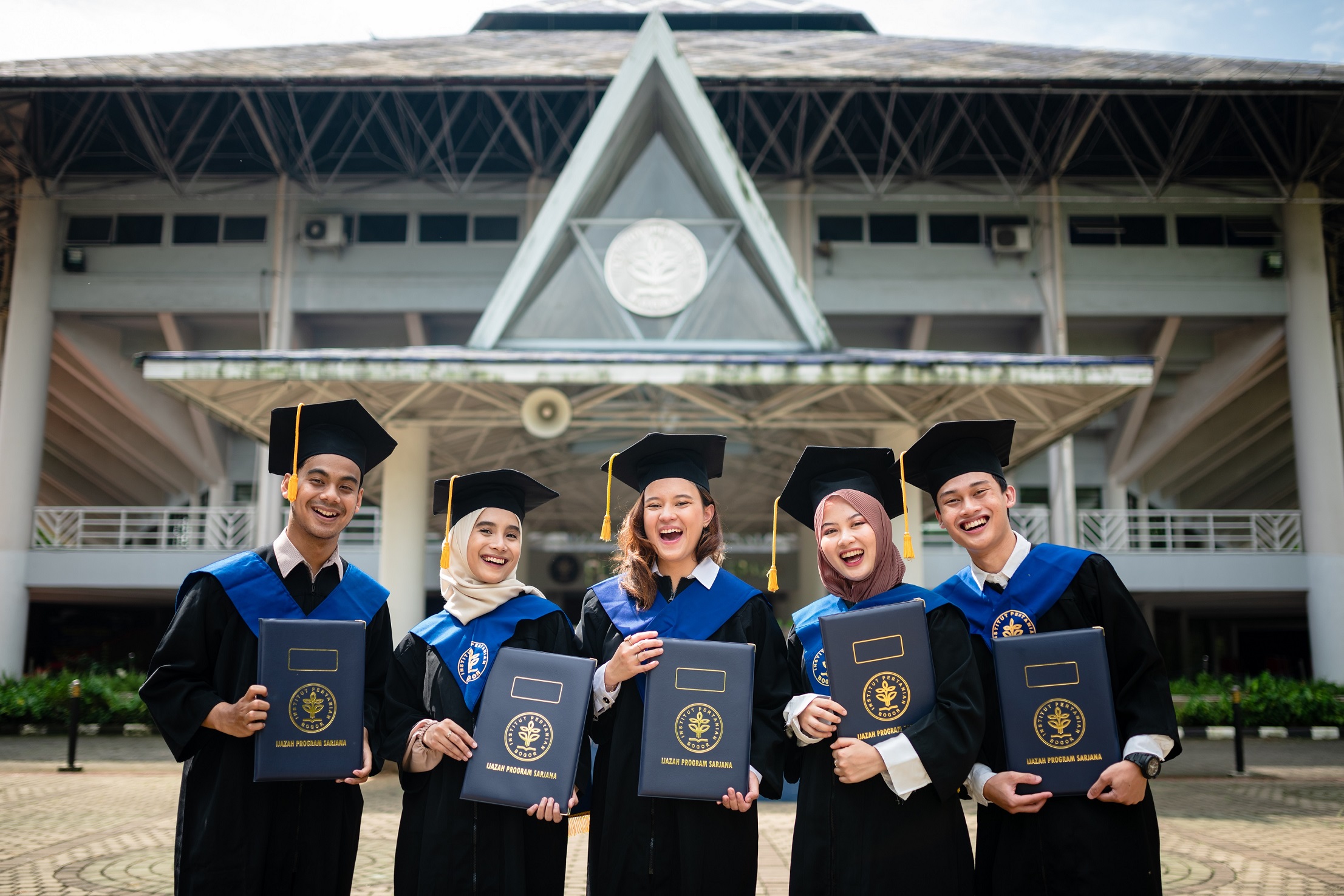Prof Ernan Rustiadi Reviews Regional and Rural Development Planning Based on Science and Spatial Information Technology

Prof Ernan Rustiadi, Professor of IPB University from the Faculty of Agriculture, said that the industrial revolution in the mid-19th century in America and Europe led to urbanisation pressures that raised the importance of spatial and settlement planning. Now, the science of regional development planning has expanded into a field of science that integrates policy directions for sustainable regional development. This was conveyed in the Press Conference Pre Scientific Oration of Professor, (22/6) in front of journalists which took place online.
“Development inequality between regions, including rural-urban inequality, is one of the most important issues of regional development in developing countries,” he said.
He added that rural areas are often left behind due to urban bias policies, which prioritise urban development, and urban phobia, which rejects modernity in rural areas. Rural planning theories transformed from agricultural infrastructure planning, then expanded to environmental management, sustainable development, tourism, to climate change adaptation.
“In rural areas, there is always a conservative view (unwilling to change). Rejecting modernism is not an easy process and cannot be solved instantly. This is related to the function of education, openness and communication. In addition, the absence of infrastructure, electricity, telecommunication networks makes it difficult to change such conservative traditional views,” said Prof Ernan.
In terms of strengthening agriculture or urban development in the future, Prof Ernan strongly believes in the importance of the latest science and technology that offers fast, precise, cheap and measurable solutions. Then, from here came smart agriculture, smart farming, smart city and smart village which aims to facilitate the problems that exist in rural and urban areas.
Meanwhile, in terms of spatial planning, villages are not well understood among technocrats and academics compared to urban planning. Rural growth centres are less accommodated in spatial planning that is oriented towards urban systems. According to him, the current issues in rural development are divided into two, suburban rural areas under the pressure of urbanisation and the application of science; and spatial information technology in regional and rural planning.
He revealed that agro-industry or bio-industrial agriculture in the centre of rural settlements accommodates surplus labour and businesses to improve the village economy. The concept of agropolitan and the concepts of developing growth centres in rural areas and small or medium-sized cities are strategies to create a balance of rural-urban development.
Meanwhile, he continued, one of the most important impacts of cities is the phenomenon of urban sprawl, which is the random and inefficient dispersal of new settlement areas to the suburbs accompanied by the conversion of the most fertile food agricultural lands. The Jabodetabek area and the Java coast are the areas with the largest rice field conservation in Indonesia. This urban expansion creates problems of local economic marginalisation (gentrification), environmental degradation and quality of life, social segregation, energy crisis and climate change.
“There are four main causes of urban sprawl, namely, spatial-defence governance, road-based transport, upper middle-class settlements and industrial estates,” he said.
Especially for rural Indonesia, this opportunity is very open due to the development of the Precision Village Data innovation initiated by Dr Sofyan Sjaf from IPB University. Precision mapping of agricultural and rural objects has also been developed by IPB University through the Centre for Regional Planning and Development Studies (P4W) and the Division of Regional Development Planning, Department of Soil Science and Land Resources (ITSL), Faculty of Agriculture. The mapping of oil palm tree objects named Oil Palm Trees Identification based on Machine Learning (Optimal) IPB University uses deep learning on Retinanet architecture to detect oil palm tree canopy on high-resolution satellite images.
“In this era of democracy accompanied by regional autonomy and village autonomy policies, the rural planning system requires more attention than before in the context of balance and synergy with urban areas. Urbanisation trends require an increase in spatial control capabilities,” he concluded. (Ns) (IAAS/RUM)



